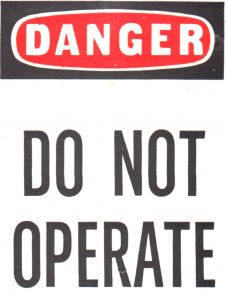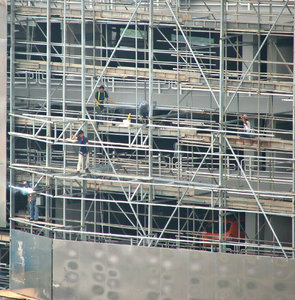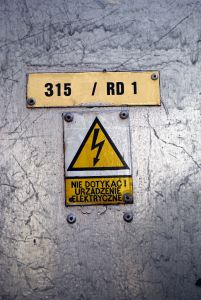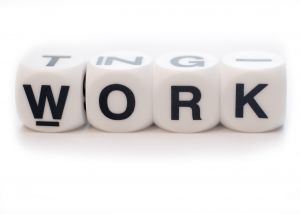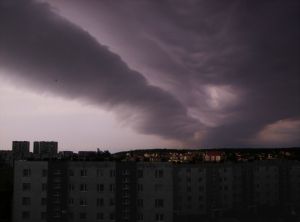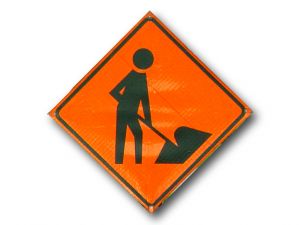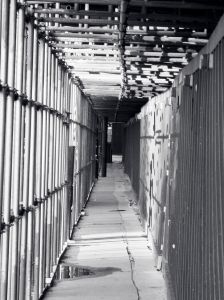You’re injured. You were hurt on the job in a Massachusetts work accident. Do you know what to do? According to the Bureau of Labor Statistics, nearly 5,000 employees were injured on the job in 2009. These types of injuries could happen to you if your employer doesn’t help to keep you safe on the job. Massachusetts saw nearly 100 fatal workplace injuries in 2009 alone.

Our Boston workers’ compensation attorneys would like to remind workers that an employer has an obligation to help prevent workplace hazards and to help prevent workplace injuries. There are a number of rules and regulations that an employer must follow to help reduce these risks. Workers’ compensation can be confusing. We’re here to help straighten it out for you.
What is workers’ compensation?
Workers’ compensation is a group of laws that require an employer to provide money and medical benefits to an employee who has suffered an injury because of an accident, injury or occupational disease that occurred on the job. These laws also help to protect workers from injury or death arising out of the work environment. The injured employee can receive money and compensation for medical benefits in exchange for forfeiting the common law right to sue the employer.
How do I know if I’m an employee for a contractor?
Independent contractors are more likely to have non-reimbursed expenses than full-time employees. Employers should not routinely approve reimbursement requests for business-related expenses, because this could be used as evidence of employee status. Independent contractors are typically required to use their own tools and supplies on the job. Employers don’t usually provide tools, equipment or supplies to individuals who are hired as independent contractors. An employee is usually paid by the hour, week, or month. Independent contractors are usually paid by the job. An independent contractor usually makes a profit or a loss on the job. Employees receive routine paychecks whether or not the company they work for makes money. Independent contractors don’t usually get insurance, pension plans, vacations or sick days. Independent contractors are not usually provided with these types of benefits.
Am I covered under the Americans With Disabilities Act (ADA)?
Generally speaking, an employer cannot refuse to hire an injured worker with a disability if the worker is able to perform job functions either with or without reasonable accommodations. Whether or not an injured worker is subject to protection under the ADA after the workers’ compensation injury depends upon the type of injury that is sustained and whether or not they have a permanent disability.
How does the Family Medical Leave Act (FMLA) affect me?
All employers who have 50 employees or more must follow this Act. You’re eligible if you’ve worked for the employer for at least a year or over 1,250 hours. The FMLA entitles 1 to 12 weeks of unpaid leave during any 12-month period because of a serious health condition. An employee may elect, or the employer may require, that the employee substitute accrued paid vacation, personal leave or sick leave during this period of time. An employee is to return to work to their former position or an equivalent position with equivalent employee benefits. If a worker is injured and takes the Family Medical Leave and is unable to return to work after the twelve week time period is up, the employer does not have an obligation to rehire the worker at a later date. The employer is not required to hold the job open indefinitely.
Once I’m injured, how do I choose a medical provider?
Choosing a physician is usually a personal matter. First, you need to obtain prior authorization before locating and visiting a physician of your choice. It is important to remember that a medical doctor usually has at least 20 years of formal education, plus several years of hands-on experience, while completing his internship and residency. Their education and experience regarding your particular problem and injury should be a top concern. It is important to look for a doctor that is board-certified. Make sure you know exactly what type of doctor to look for. Today’s doctors are very specialized and tend to limit their practice to one or two areas.
What if my benefits are denied?
It is not unusual for the insurance company to file a Notice of Denial that indicates that they’re currently disputing your claim for requested benefits. If your claim or any request for benefits is denied, you’re to be notified in writing from in insurer. They should file a Notice of Denial and the reasons for the denial. This is when it is critical for you to contact an attorney.
Continue reading
 Massachusetts Workers Compensation Lawyers Blog
Massachusetts Workers Compensation Lawyers Blog



